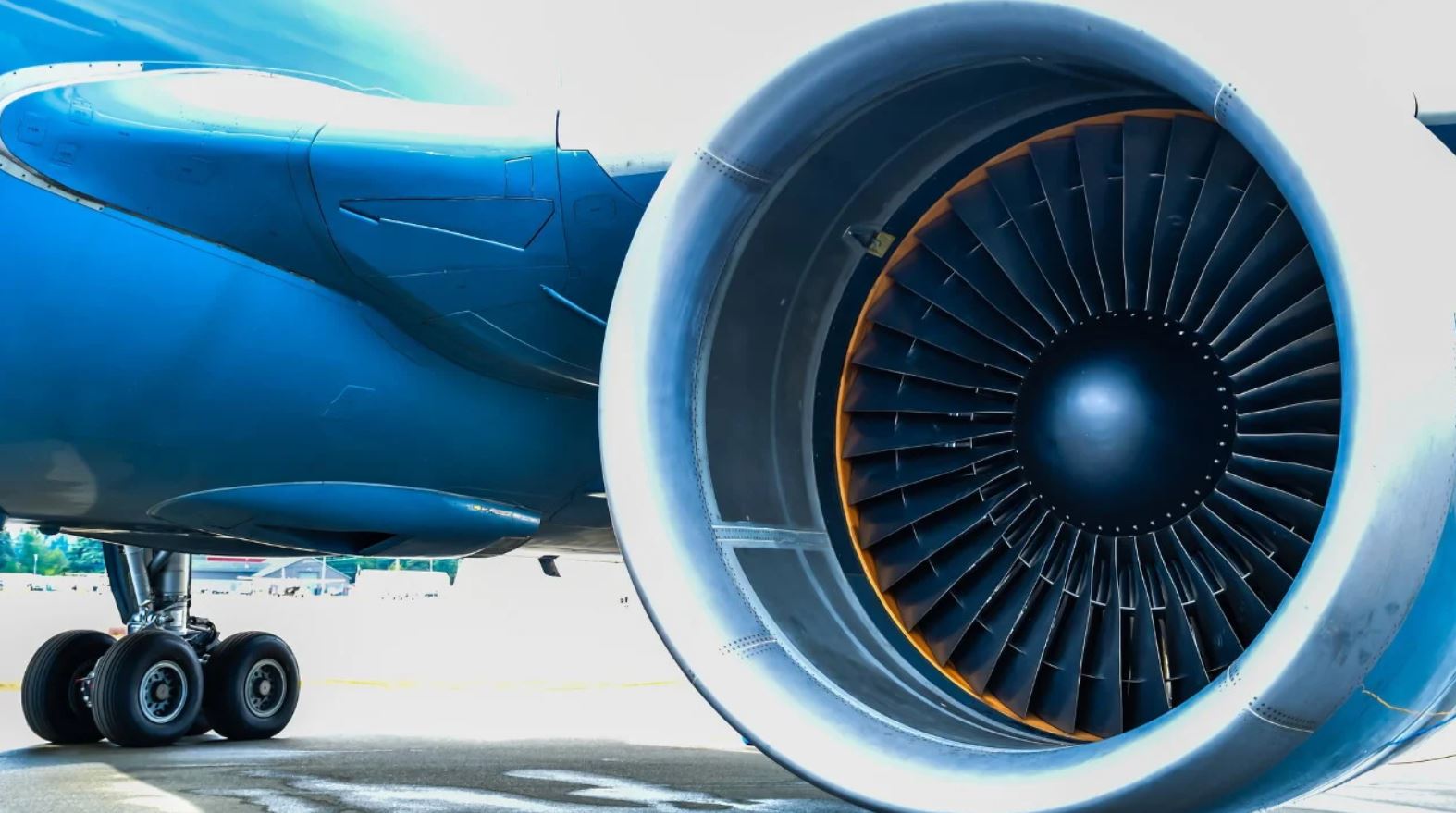 If you’ve ever been frustrated by the constant drone of engine noise, you’ll appreciate these fresh insights. Researchers from the University of Bristol and the University of Salford have pinpointed the root cause behind the unsettling sounds of boundary layer ingesting (BLI) engines—a key technology for the next generation of electric and hybrid aircraft.
If you’ve ever been frustrated by the constant drone of engine noise, you’ll appreciate these fresh insights. Researchers from the University of Bristol and the University of Salford have pinpointed the root cause behind the unsettling sounds of boundary layer ingesting (BLI) engines—a key technology for the next generation of electric and hybrid aircraft.
Featured in npj Acoustics, the study dives into the mechanics of how turbulent airflow interacts with engine components, producing two distinct types of noise. This process, intriguingly referred to as ‘haystacking’, reflects how different broadband noise patterns emerge based on varying aerodynamic conditions.
When an aircraft cruises, the lower thrust means the fan’s suction is gentler, allowing the turbulent boundary layer to remain relatively undisturbed. This situation leads to ‘duct haystacking’, where the mix of turbulent flow and the duct’s acoustic field creates a persistent, if subtle, background hum. In contrast, during take-off, the increased thrust causes a stronger fan suction that disrupts the airflow. The resulting interaction between the disturbed flow and the swift-moving blades, known as ‘fan haystacking’, produces a noise that’s sharper and decidedly more noticeable.
Dr Feroz Ahmed sums it up nicely, noting, “These two hidden sound signatures—haystacking—make future embedded aircraft engines feel perceptually irritating, not just loud.” His observation underscores the engineering challenge: designing engines that not only perform well, but also contribute to a quieter, more pleasant flying experience.
The research team used a high-fidelity wind tunnel to simulate real-world conditions, employing advanced techniques like hot-wire anemometry and far-field microphones. This meticulous data collection allowed them to directly link each type of noise to its aerodynamic cause and its impact on what we hear.
The implications are broad. Whether it’s large transport aircraft like the Airbus ZEROe or cutting-edge urban air mobility vehicles such as next-gen eVTOLs, these findings offer vital clues for creating quieter engines. Notably, this work supports the EU’s FlightPath 2050 initiative, which aims to cut aircraft noise by 65%—a goal that could transform urban air travel.
Looking ahead, researchers will focus on developing tailored strategies to control both fan and duct haystacking. Their work may soon extend to other propulsion systems involving turbulent airflow, continuing the search for more efficient and less disruptive aviation solutions.








